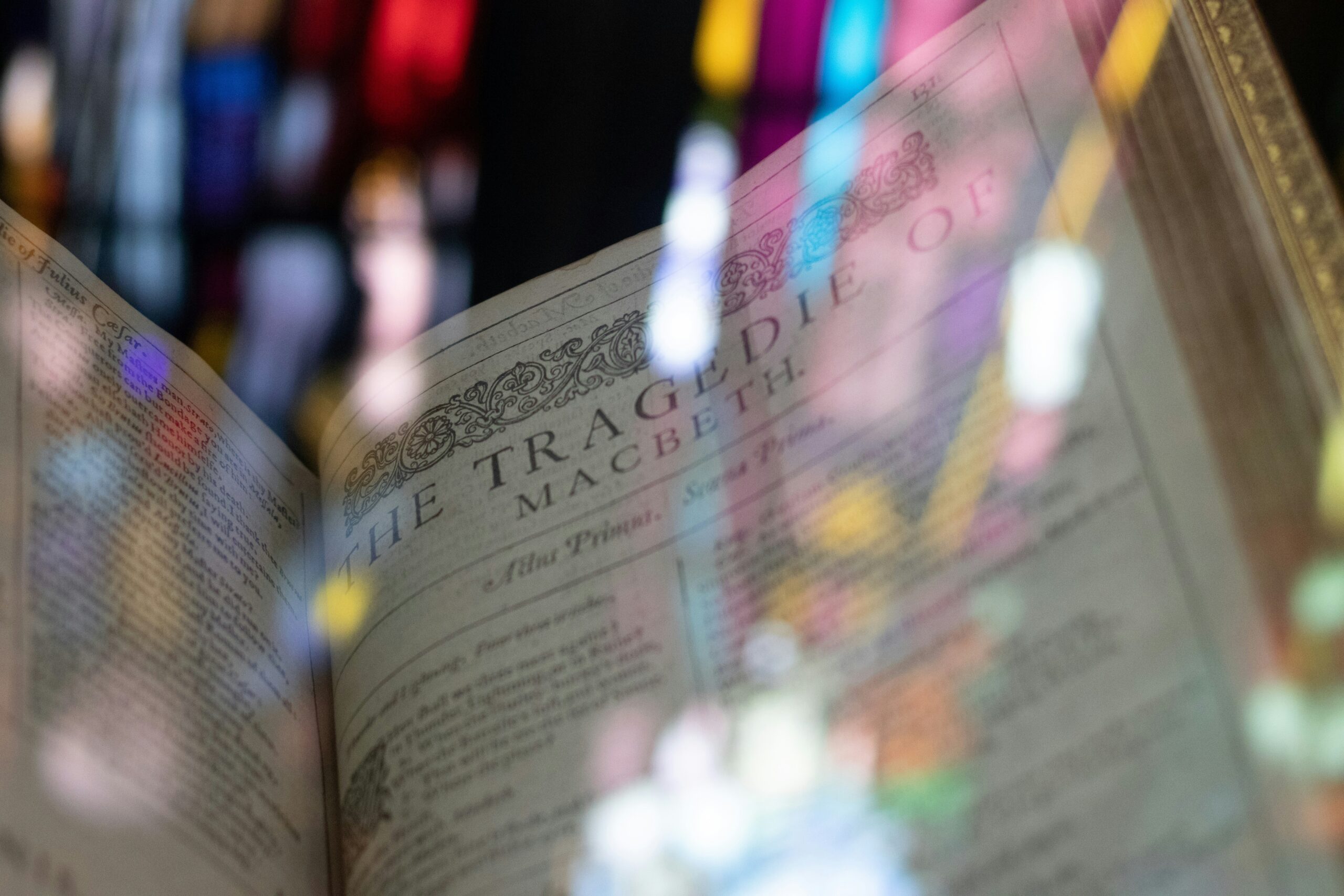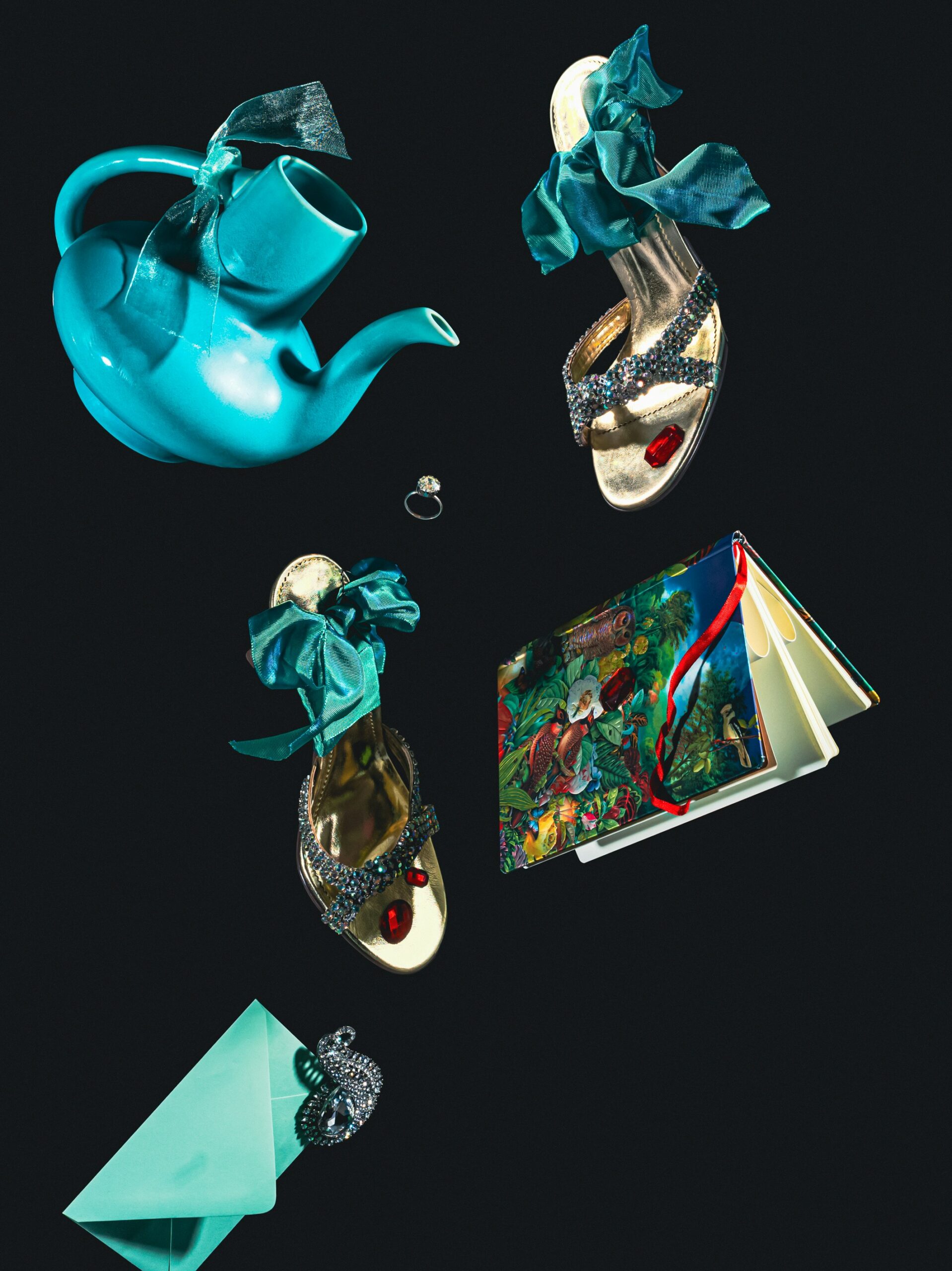Welcome back to my continuing series on The Life of a Showgirl: More than an Album. In Act I we explored how an alternate reality game united the Swiftie fandom around solving real-time puzzles across the internet. In Act II, we discussed Taylor’s propensity for easter egging, and how this has led some fans to fall down the conspiracy theory rabbit hole. In today’s article, we’ll learn more about the meta-game playing out across the music of The Life of a Showgirl….
—
One of the interesting things about music as a medium is that each ‘part’ of an album, each song, has to be able to stand alone, stripped of context. Part of the brilliance of Taylor’s writing is that each song is a self-contained story. Every bop on TLOAS can be enjoyed by someone hearing it for the first time whether walking down the aisle at Walmart or listening to the radio in the pickup line at school. You don’t need to know what it’s about to enjoy it.
This applies both to her lyrics and the production. Her songs often have a super catchy hook — usually in the chorus or bridge — that make them instantly unforgettable. In TLOAS, fans have joked about how they can’t go a day without yelling “Elizabeth Taylor!” or whispering “I protect the family.” The songs lodge in your brain and stick there. It’s almost like she puts narcotics into all of her songs. Lyrically, her songs tend to have immediately recognizable themes that anyone can get behind — usually involving heartbreak or high school — at least at the surface level.
But the true brilliance of Taylor’s writing, is that there is always more below the surface. And once you’re in, you can go as deep as you want. Her songs are like an iceberg — the part above the surface is readily visible to anyone floating by —but there is an entire universe below the surface made of interconnected song lyrics and symbolism.

As I mentioned in Act II, Taylor’s songs are loaded with references; to other songs, to events in her history, and to “characters” (from her former music managers to “Betty” – a fictional girl involved in a multi-part story about a high school love triangle). Together, these interconnected stories create the Taylorverse — meta narratives woven together by common phrases and themes (e.g. fans speculate the color “blue” refers to a specific person in Taylor’s history).
When a new Taylor album releases, most fans understand that they will be committing hours upon hours listening to a new album before they fully understand it. A typical fan playbook for consuming a new TS album often looks something like this:
- Step 1: React. Swifties stay up to midnight on release night to listen to the album as soon as it goes live. Typically done with the community as part of an IRL release party or with close friends and family. Many fans record their initial reactions, live-tweet them, or simply text friends and family (see my personal example below).
- Step 2: Absorb. Most Swifties know that their initial reactions will not last. Each listen tends to reveal something new in a song, whether it be a phrase that suddenly clicks, an element of the production you initially missed (e.g. a backing vocal), or an element of the music that makes your skin tingle (for me, the harmonies in “Ophelia”).
- Step 3: Analyze. By the next day, lyrics are typically available either on Spotify (which can be viewed while listening) on Genius (where fans can annotate the lyrics with links and explanations), or on YouTube lyrics videos (where fans can comment to their hearts’ delight). This is how fans already had the lyrics memorized by Monday night’s Tonight Show. Once these lyrics are available, it’s all hands on deck for Swifties to dig into the meaning below the surface.

And most of Taylor’s songs have at least two meanings. The story for the broader audience. The story for her fans who care enough to listen to what she’s saying. And the story for herself. In a recent interview, Taylor revealed that fans still don’t know the meaning behind The Black Dog, a song released over a year ago and streamed over one billion times. (And simply by making this comment, she probably drove at least another million streams as fans scrambled to re-open the case on the song’s double-meaning).
It’s hard to describe the allure of the Taylorverse to someone who hasn’t experienced it. It’s not a game in the traditional sense — there are no stated goals. There’s no explicit interactivity. There are no points or scoring. And yet, engaging with the puzzle of Taylor’s lyrics still manages to feel like a reinvention of point and click adventure games from the 90s: finding hidden “objects”, searching for their meaning, combining and re-combining them until the satisfying ‘click’ of unlocking the puzzle.
It’s not just the songs, either. Taylor leverages the format of the entire album to tell a story — like a seasonal arc within an episodic television show. And TLOAS might be one of the most interesting season so far. Wrapped in the cloak of “the Showgirl” (a new character? Taylor herself? Both?) TLOAS was positioned as a peek behind the curtain at Taylor’s life during the Eras Tour. But the resulting album felt far from that — a collection of songs that didn’t explicitly reference any part of the tour, covering a broad range of seemingly unconnected musical styles, with songs told from the perspective of new characters ranging from a mob boss to an imaginary showgirl named Kitty.
Fans have scrambled to figure out how these songs relate to each other – and to the premise of the titular Showgirl. Theories of course abound. There are at least three credible-sounding theories out there right now, including that each song is a reference to…
- …a previous “era” (“Cancelled!” Is an obvious allusion to her reputation era, “Wi$h Li$t” is allegedly a sister song to a track on TTPD)
- …a decade of pop (from 70’s track “Wood” that most would recognize as a nod to The Jackson 5, to “Actually Romantic”, which sounds either like the Pixies, Weezer, or Jax, depending on your generation)
- …to Shakespeare? (Ophelia contains obvious allusions to Hamlet, while “Cancelled!” contains a direct quote from Macbeth)
Each song is a potential clue to the meta-puzzle of her albums. And each album holds a key to unlocking the broader narrative of the Taylorverse. In essence, Taylor has created an entirely new format of entertainment that allows fans to enjoy it at any level of engagement, whether dipping their toes in or diving into the deep end. And the further you go, the more addicting it becomes. Just like the Orange Doors or Theorycrafting – sifting through Taylor’s tracks feels like creating meaning. Every ‘ah ha!’ moment feels like discovering some cosmic secret. Sharing these findings with other Swifties is a form of social cachet – building credit and, dare I say it, reputation among the fanbase.
That is, until they decide they don’t like your theory…
Read on for Act IV – Turning Controversy into Currency.
Genevieve Conley Gambill is a researcher, strategist, and the creator of Tiny-Data.tech. She is also a Swiftie. Opinions here are my own and do not reflect my employers, past, present or future. This blog is made without the use of AI. Original photo by SIMON LEE on Unsplash.



